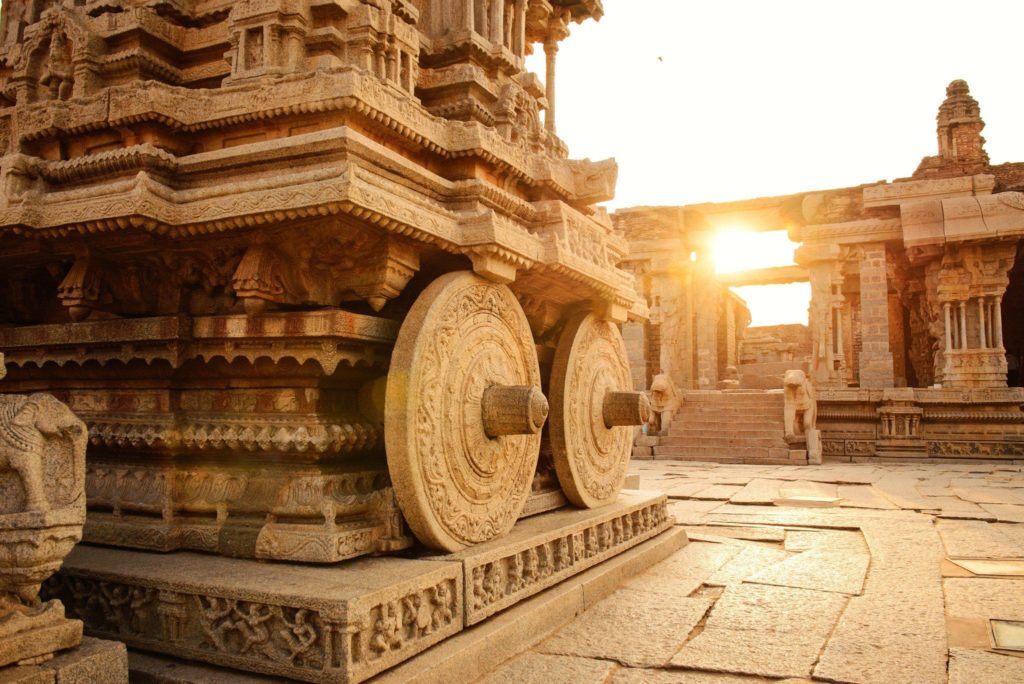The mysterious temple full of songs in south India – Score Short Reads
India is a land of diversity and it never fails to surprise the soul which seeks to explore the unknown. Our ruins, temples, and monuments are a treasure trove of many forgotten stories, poems, and songs. Many date back to centuries-old practices, themes, and religious beliefs.
Interestingly enough, many of our musical roots run deep through time, and we often find the source of inspiration from the most surprising sources. This is one such story of some lost tunes, from at least five centuries ago.
An earnest devotee and a brilliant poet from the past, Annamacharya, wrote his poems in solidarity with his idol and nature. His poems were later transmitted as popular folklores in the region.
However, what is more, significant here is that Annamayya or Annamacharya wrote most of his poems on the traditional medium of palm leaves. The number of songs he rendered in those leaves accounts for some 10,000 odd numbers.
His music had been one of the miraculous cases of how music can be transmuted so easily by its sheer quality through the ages!
Even when there were no sophisticated means of preserving music, his music survived the test of time. Though, it remains a mystery, why his music remained unearthed for a very long time, hidden in the secret chambers of the temple.
The last surviving pieces of this music were enshrined in a temple in Tirumala. The songs have been reportedly engraved and restored into copper plates by the later generations of writers and poets.
Tallapaka Annamacharya was a practicing songwriter from South India whose poems blossom with the fervor of spirituality and romantic flourishes.
They were mostly written as kirtanas and had immense praiseworthy superlatives for the Lord Venkateswara. Annamacharya’s romantic verses show upon a refreshing light on another aspect of the socio-political issues prevalent at the time.
His choice of music and the lyrics seems brave enough when protracted against the social stigma of the age and times. He had gone against the wind and removed the barriers of caste systems and other prejudices through his words.
A higher caste devotee was equated with the marginalized groups of the society who were historically barred from casting a show on the higher castes.
Much like the Sufi style of singing Love and spirituality ran through the streams of his verses. No differentiation in caste, creed, or financial strata could break that faith.
Annamacharya’s songs have been part of various folklores, written or sung in Telugu and popularized through generations with perhaps the same love with which he wrote it for the divine incarnate.








